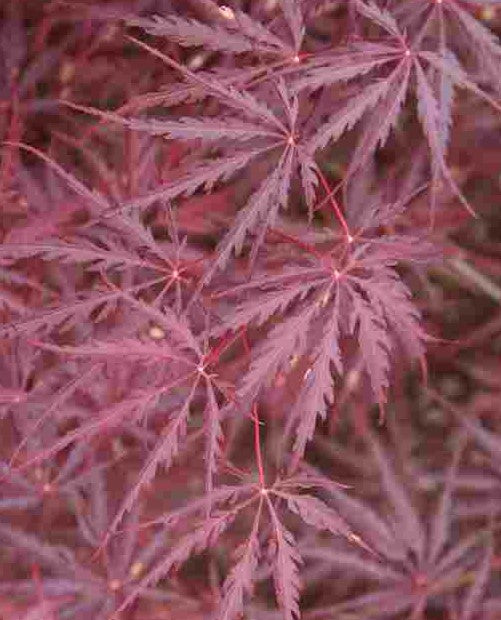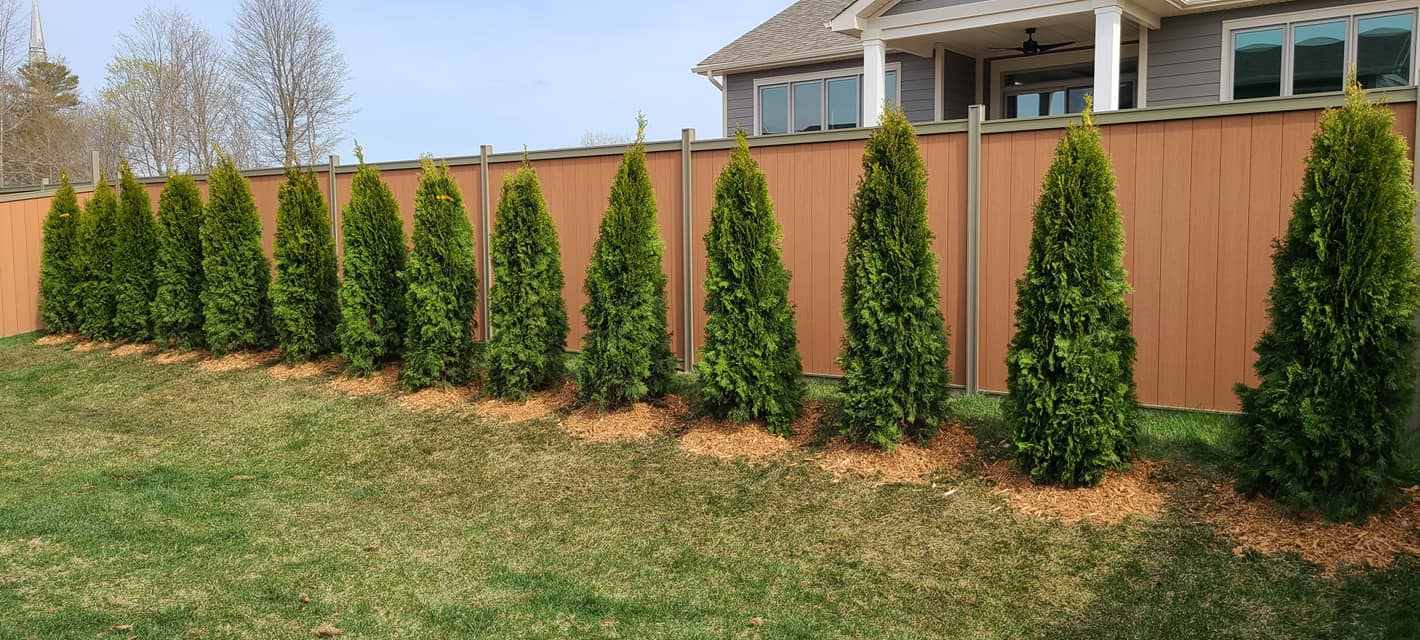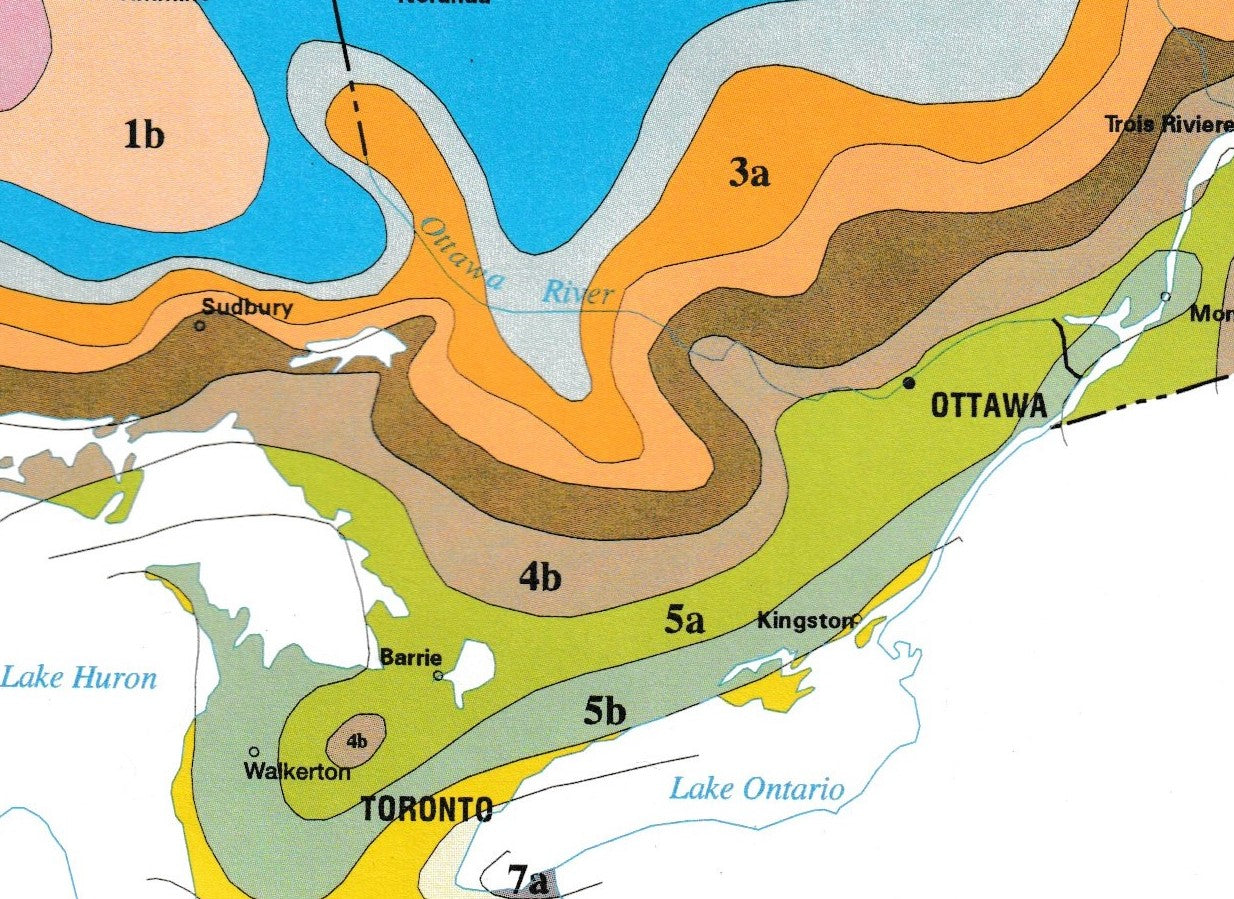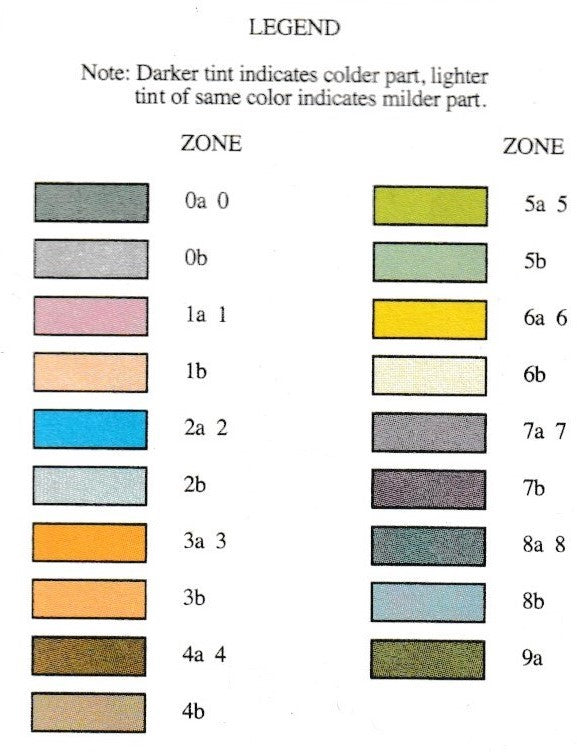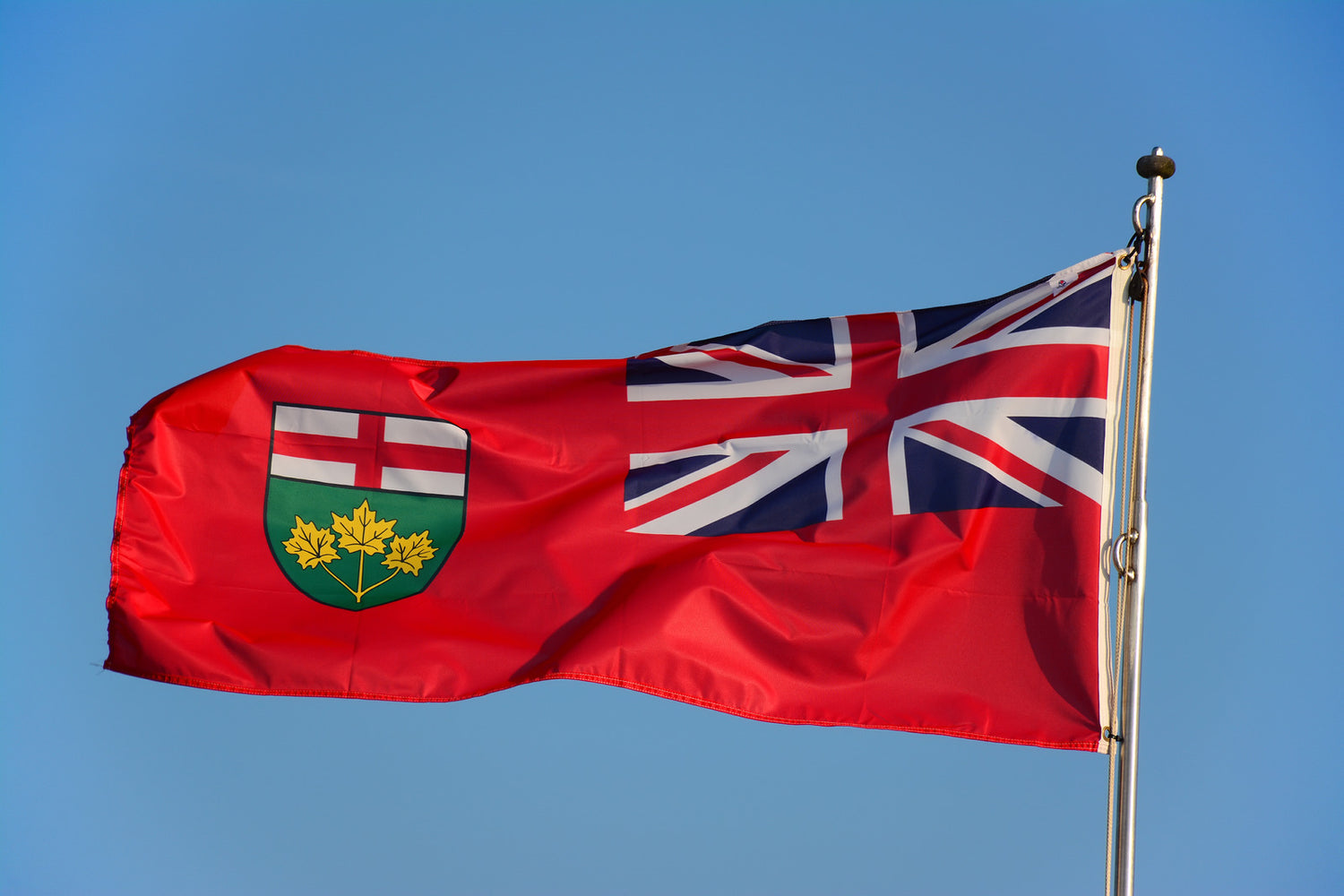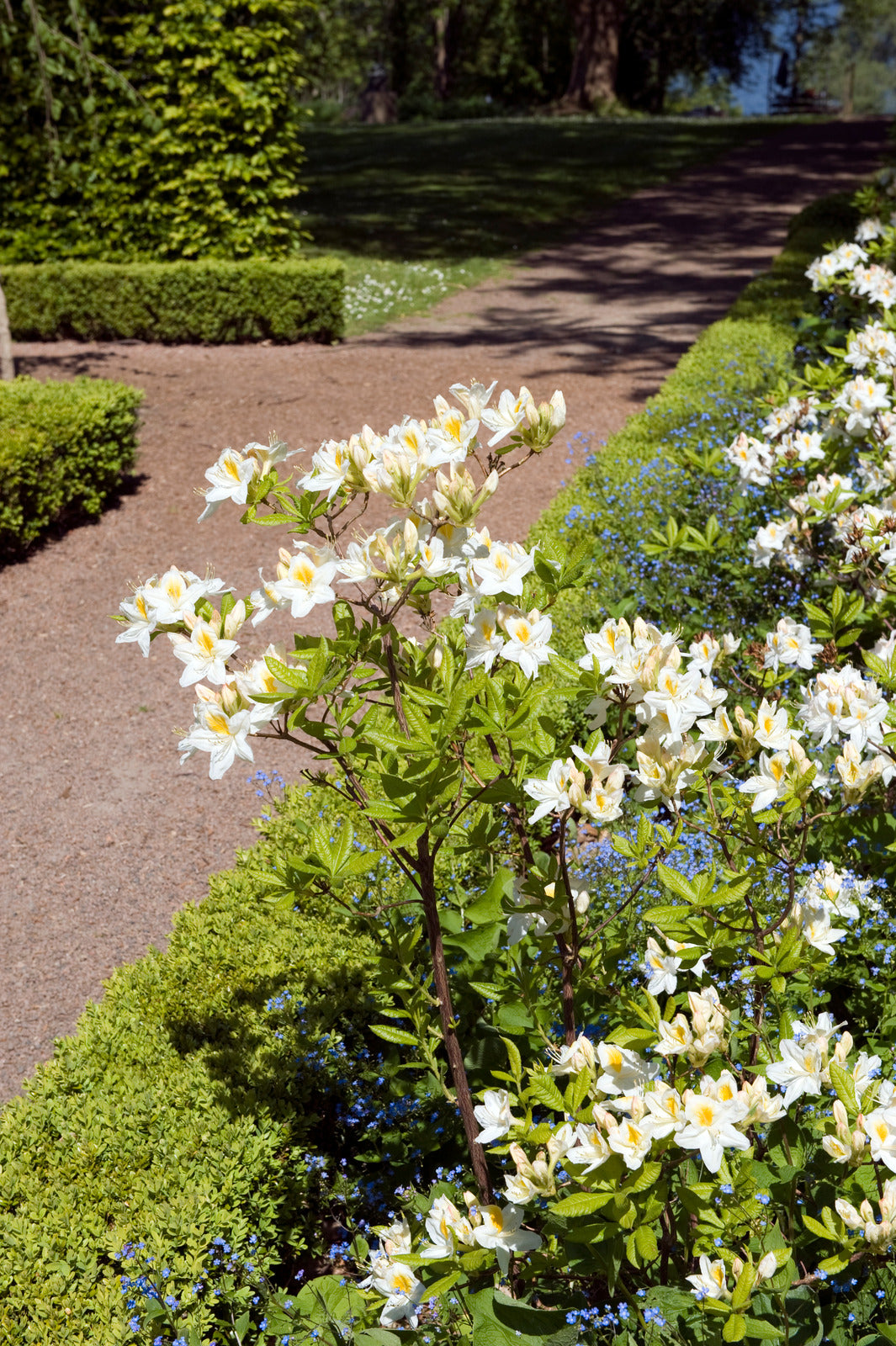Understanding Plant Hardiness Zones in Ontario
Ontario’s plant hardiness zones help gardeners, landscapers, and tree planters determine which plants will thrive in specific regions based on climate conditions. These zones are defined by average annual minimum temperatures, but also consider factors like frost dates, precipitation, and elevation.
Ontario’s Hardiness Zones (0-7)
Ontario spans a wide range of zones, from the coldest (Zone 0 in the north) to the mildest (Zone 7 near Lake Ontario):
Zone 0-3 (Northern Ontario)
Zone 3-5 (Central Ontario & Eastern Ontario)
Zone 5-6 (Southern Ontario & Ottawa Valley)
Zone 6-7 (Niagara Region & Toronto)
- Extreme winters with very low temperatures.
- Suitable for black spruce, paper birch, jack pine, and tamarack.
- Cold winters and moderate summers.
- Ideal for white pine, sugar maple, eastern hemlock, and red oak.
- Milder winters, longer growing seasons.
- Supports black walnut, serviceberry, red maple, and fruit trees like apple and pear.
- Warmest areas with lake effect moderating temperatures.
- Allows for peach, tulip tree, magnolia, and even some evergreen varieties not suited to colder zones.
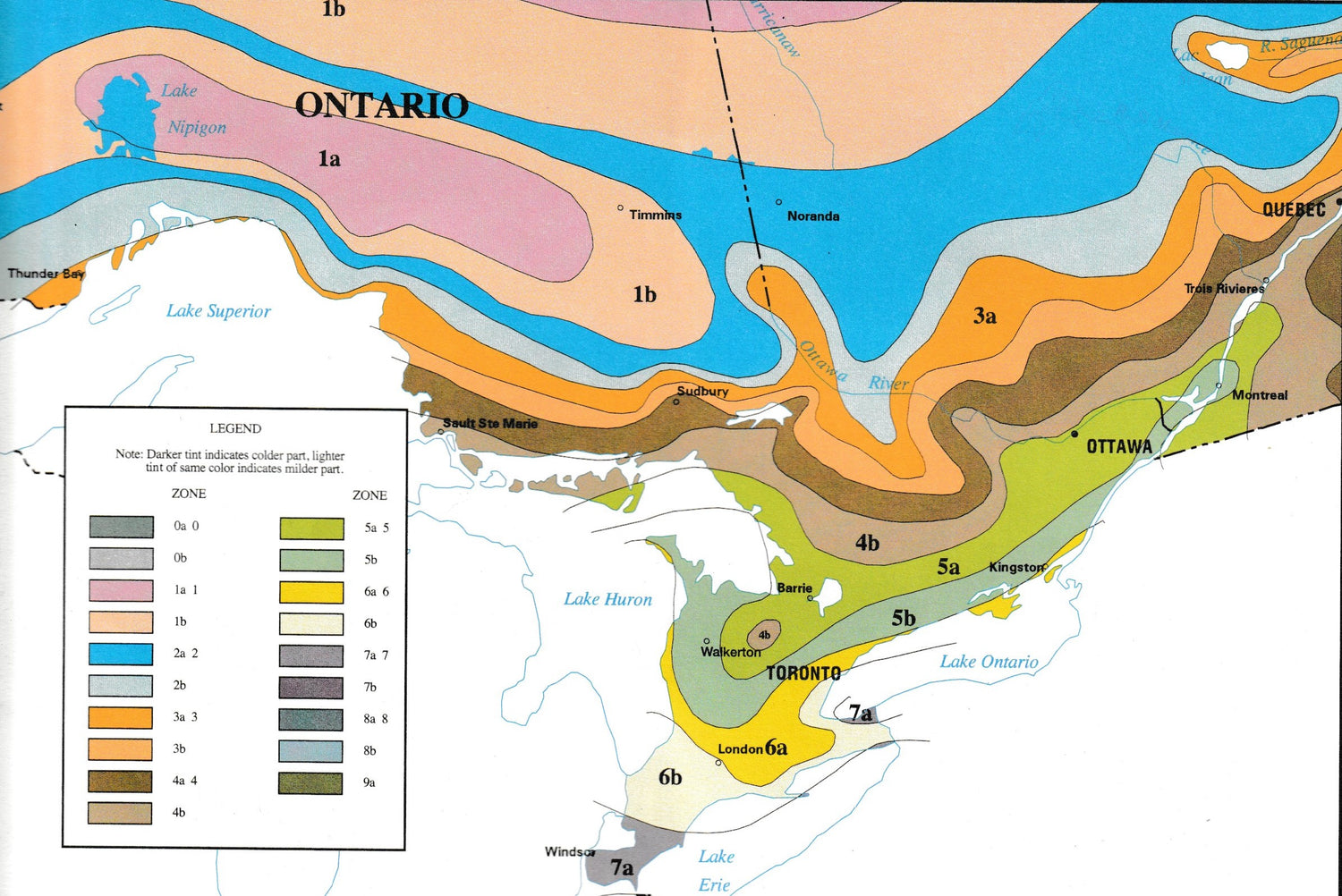



Why Plant Hardiness Zones Matter
Our Top-Selling Product
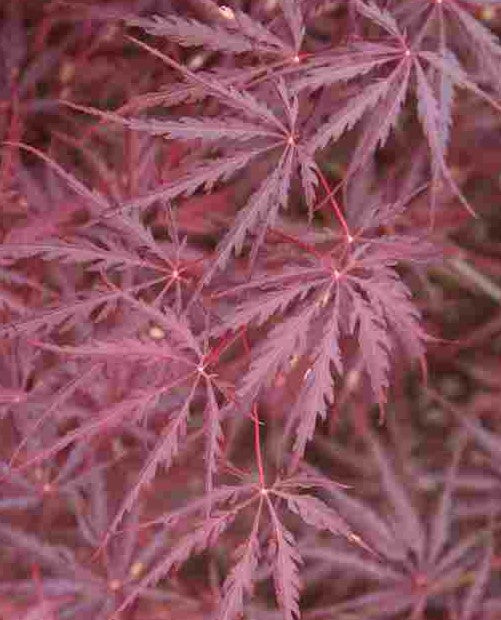
ACER PALMATUM DISSECTUM TAMUKEYAMA / TAMUKEYAMA JAPANESE MAPLE
- Regular price
-
$259.99 CAD - Regular price
-
- Sale price
-
$259.99 CAD
-
Hurry, only 12 items left in stock!
Delivery information
Convenient Delivery to Your Doorstep, Minimum Order $100 and it's on us!
Orders less than $100 will be subject to a $15.00 delivery fee.
Description
ACER PALMATUM DISSECTUM TAMUKEYAMA / TAMUKEYAMA JAPANESE MAPLE
Rich Purple-Red Foliage with a Cascading Form
Acer palmatum dissectum ‘Tamukeyama’ is a stunning Japanese Maple variety, renowned for its deep purple-red leaves and graceful weeping growth habit. Its finely cut, lace-like foliage creates a beautiful, cascading effect, making it a perfect addition to any garden. This tree is ideal for smaller landscapes, containers, or as a focal point, adding color and texture throughout the year.
Why Choose Tamukeyama Japanese Maple?
- Comparison: ‘Tamukeyama’ stands out for its rich, dark purple-red foliage that holds its color throughout the season. Its weeping, cascading form is more dramatic than other red-leaved Japanese maples.
- Companions: Pairs beautifully with other ornamental plants like hostas, ferns, or azaleas, creating a stunning contrast with the fine texture of its leaves.
Key Features:
- Weeping Growth Habit: Features a graceful, cascading form, making it an excellent choice for hanging over walls, in containers, or as a focal tree.
- Vibrant Purple-Red Foliage: The finely dissected leaves start purple-red in spring, holding their vibrant color through the summer and deepening to a rich crimson in the fall.
- Compact Size: Reaches a height of around 3–4 meters with a similar spread, making it perfect for small spaces or containers.
- Year-Round Appeal: Its dramatic foliage creates visual interest in all seasons, offering striking red tones in spring and fall.
- Low Maintenance: A hardy tree that requires little pruning to maintain its graceful shape.
Specifications:
- Plant Size: 3–4 m tall, 3–4 m wide.
- Hardiness: Zone 5–8.
- Sunlight: Prefers partial shade, especially in regions with hot summers, to prevent leaf scorch.
- Soil Requirements: Grows best in well-drained, slightly acidic soil.
The Tamukeyama Japanese Maple is an excellent choice for gardeners seeking a tree with dramatic color and texture. Its unique, cascading form and rich purple-red leaves will make it a standout in any garden, whether planted as a specimen tree or in containers.
Care Instruction
Different plants have different watering needs. Check the soil moisture by inserting your finger about an inch into the soil. If it feels dry, water the plant until the water drains from the bottom of the pot. Avoid overwatering, as it can lead to root rot.
